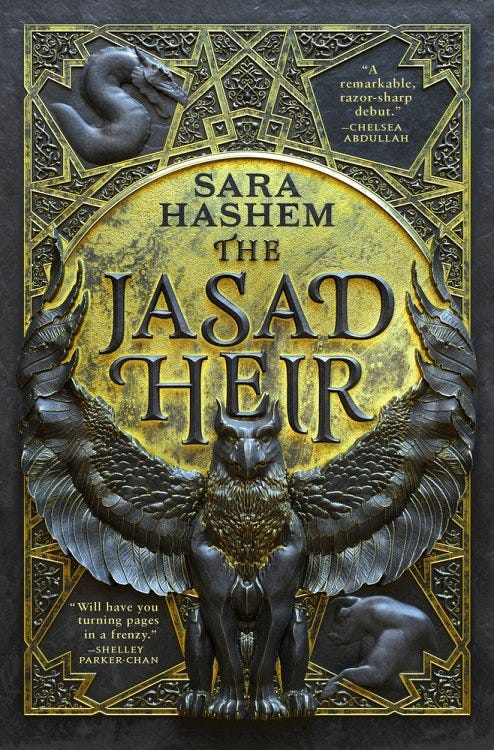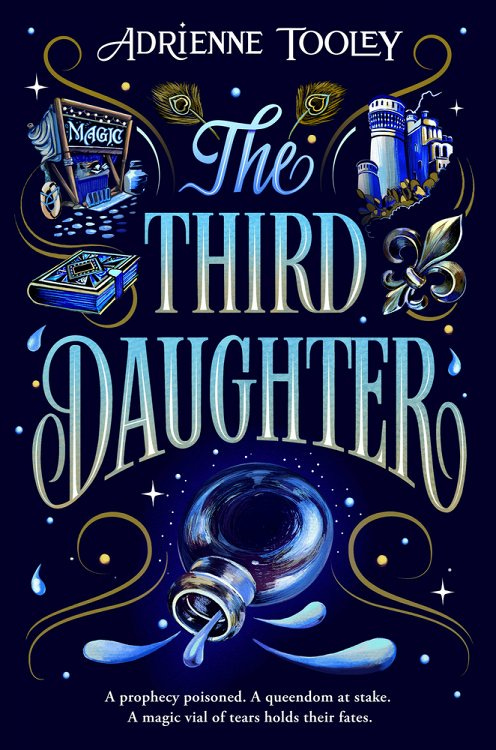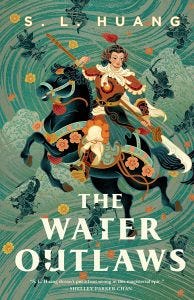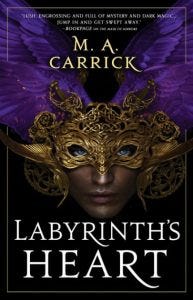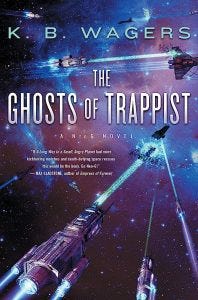Mass Effect: Andromeda is, as most people have probably gathered, the fourth and latest instalment in Bioware’s Mass Effect series, and the first not to star the iconic Commander Shepard. It’s also done a lot less well for Bioware than anticipated, with no further content for the game announced. I’m not surprised that it hasn’t done as well as Bioware might have expected from previous titles in the series: while extremely pretty, as a role-playing game and as a narrative experience, Andromeda is pretty comprehensively broken.
And I say this as an avid consumer of Bioware’s style of character-driven plot-heavy RPGs: I’ve replayed the first three Mass Effect games at least three times each, and invested so many hours into the Dragon Age games that I positively quail at the thought of tallying up the total time.
Andromeda sees a group of at least a hundred thousand people from the Milky Way — the long-lived asari and the equally long-lived krogan, the short-lived salarians, the military-oriented turians, and, as always, humans — take a 600-year cryosleep journey to the galaxy next door, for the sake of adventure, exploring new frontiers, and unconsidered colonialism. (It is unclear whether, or how much, the leaders of the Andromeda Initiative know about the threat the Reapers pose to the Milky Way, which Shepard spends so much time fighting in the original trilogy.) Andromeda opens aboard the human colony ship, or ark, as it arrives in the Andromeda galaxy, immediately encounters a dangerous and mysterious space phenomenon (consistently referred to later as the Scourge), and discovers that the planet they were hoping to settle has had something catastrophic and weird happen to it.
The player-character can be a woman or a man, the daughter or son of the human Pathfinder, Alec Ryder. The Pathfinder’s job is apparently to be the point exploration person and authority on the challenges and opportunities of new planets. The Pathfinder is also linked to an artificial intelligence called SAM, which Alec Ryder himself developed. SAM provides data and analysis to the Pathfinder. On your first mission, you learn your brother (if you play as Female Ryder, which obviously I did) is in a coma due to things going wrong as he was coming out of cryo, and by the time the first mission is over, Alec Ryder is dead, and the younger conscious Ryder has been unexpectedly promoted to the role of Pathfinder.
There are two areas in particular where Andromeda falls down compared to other games both in the franchise and from the parent game developer. One is in its characters. The other is in how it integrates its narrative structure (and available choices) into its open-world sandbox.
Among the attractions of a character-driven RPG are the characters. Andromeda stumbles here from the beginning. I don’t know whether I’d feel more identification with Younger Ryder’s family issues if we’d actually met the brother and the father before the first mission kicks off, or if I’d had a sibling or a father of my own. But something about the initial introduction of Andromeda‘s player-character feels alienating and off, much more so than in Bioware’s other games that gave you a family and a context. In Dragon Age: Origins, for example, you spend a certain amount of time with your family/friends before significant shit kicks off, while in Dragon Age 2, although we open in medias res, this is followed by a period of downtime and adjustment which lets you get familiar with your family and new friend Aveline — and gives you a range of options in how you react to that family and friend. The other Bioware games don’t begin in the same fashion — Mass Effect provides a military officer, Dragon Age Inquisition a sole survivor, and they both in different ways avoid needing to make an immediate emotional connection to the player-character’s nearest and dearest.
Andromeda, on the other hand, presents you with a set of pieces that are supposed to have emotional valence, but doesn’t do the work needed to imbue them with connection and meaning. This is poor writing, especially for a game based on your choices. The game assumes that you, as the player-character, will care about Random Father and Random Brother without investing any real time or depth in those relationships.
This is a failure that continues through Andromeda’s approach towards characterisation, particularly with regard to the characters who become members of your crew and potentially your party. Other Bioware games — notably the first and second Mass Effect games, Dragon Age: Origins, and Dragon Age 2 — made you work to recruit characters. In the case of Dragon Age Origins, you don’t even encounter some characters until you’re about a third of the way through, giving you plenty of time to appreciate them as individuals, while in Dragon Age 2 and the first Mass Effect game, bringing characters on board occurred in the course of the plot, so that your introduction to them provided an impetus for both character and narrative development. In Mass Effect 2, character recruitment was a large part of the plot: something that, together with the excellent character-writing, worked especially well in building emotional investment in these individuals. (Mass Effect 2 and 3 had the advantage of being able to leverage your existing investment in some of these characters, but the writing exploited these pre-existing emotional hooks in extremely effective ways.) Too, previous Bioware games — in particular the Dragon Age ones — made you work to develop a rapport with your party members, making your relationship with them depend on their approval or disapproval of your actions.
In Andromeda, there’s none of this. The characters show up without you needing to do a thing, and their introduction lacks… well, character. I remember vividly Mass Effect‘s introductions to Ashley, Garrus, Tali, Wrex and Liara; ME2’s Miranda, Mordin, Samira, Thane, Garrus, Tali, Grunt, Jack, that moment where you meet Dr. Chakwas again and it’s like a shocking relief; ME3’s re-introductions to Ashley (I only saved Kaiden once), Liara, Grunt, Garrus; Origins‘ first meetings with Alistair, Morrigan, Leliana and Sten; DA2’s introductions of Aveline and Anders, and even Inquisition‘s individual introductions of Cassandra, Varric, Solas, Josephine, the Iron Bull, Vivienne, and Dorian: they stand out. Some more successfully than others, but they’re all individual moments, ones that give a powerful sense of the characters as people with agendas and desires of their own.
Hell, I remember Star Wars: Knights of the Old Republic and its first introductions to Carth, Bastila, and the Twi’lek and the cat-person whose names I’ve lost to the mists of history but whose initial introductions left me with abiding senses of them as individuals.
Andromeda‘s characters lack these powerful moments. With one or two exceptions — the turian smuggler/fixer Vetra, who’s raising a teenaged sister, and the weary krogan mercenary Drack — they come across as bland ciphers, or worse, annoying ones. (Liam and Peebee, I’m looking at you.) Beyond Drack and Vetra, they lack any real suggestion of wanting connections or emotional lives of their own, any suggestion of a present life outside and beyond their immediate use to Ryder. This lack of depth in the characters and the player-character’s interactions with them provides a corresponding shallowness of emotional investment. Why should I care about these people?
I don’t have an answer. Or rather, the answer is that I really don’t: I kept playing more from hope that things would eventually start coming together to provide an emotionally powerful experience, and growing more and more dissatisfied when they didn’t. I suspect this reaction was exacerbated by the diffusion of narrative tension created by the open-world approach to gameplay: in order to avoid the narrative seeming like an arbitrary series of fetch-quests, open-world gameplay needs to be constructed very carefully, and deep attention needs to be paid to structure and pacing. Without this attention, narrative drive — forward momentum — falls apart.
Dragon Age: Inquisition, Bioware’s other game to use the open-world approach, suffered from some of this diffusion of tension. But there, by and large, the characterisation was strong enough to bridge some of the gaps, and the pacing didn’t fall quite so slack — possibly because Inquisition offers its characters at least one fairly striking reversal, and the binary choices that the narrative ends up providing at fork points feel a little more meaningful. Andromeda — it’s pretty, I grant you. Actually, it’s visually stunning: the environments and the landscapes are utter works of art. But even those gorgeous environments grow tedious when one is engaged in a seemingly-endless series of fetch-quests, and when none of one’s choices as a player-character feel as though they have any particular weight or impact.
Also, as a game, it has a deeply unexamined relationship to colonialism. Its assumptions made me feel uncomfortable, for while the game seemed to feel that the thematic argument it was having was about artificial intelligence, modification to bodies, and life (insofar as it was having a thematic argument), there’s this swathe of hey sure it’s perfectly fine to invite yourself into someone else’s house and mess with their stuff that’s just… floating around.
And yet. And yet I finished the game, grinding my way through the final back-and-forth-and-back-again that was the climax and unsatisfying conclusion. I don’t know whether that says more about my stubbornness or Andromeda‘s ability to compel me to find out what happened next — despite all its many, manifold flaws.
I don’t think I’d recommend it to an existing Mass Effect fan, though. Part of my dissatisfaction with it was the way it reminded me just enough of what I loved about the earlier games to tantalise me with its possibilities, without ever giving me the same narrative fulfilment.
There is more I could say, but it would mostly be repetition upon the same theme. They don’t make ’em like they used to, apparently. Either that, or I’m getting even less easy to please in my old age.








